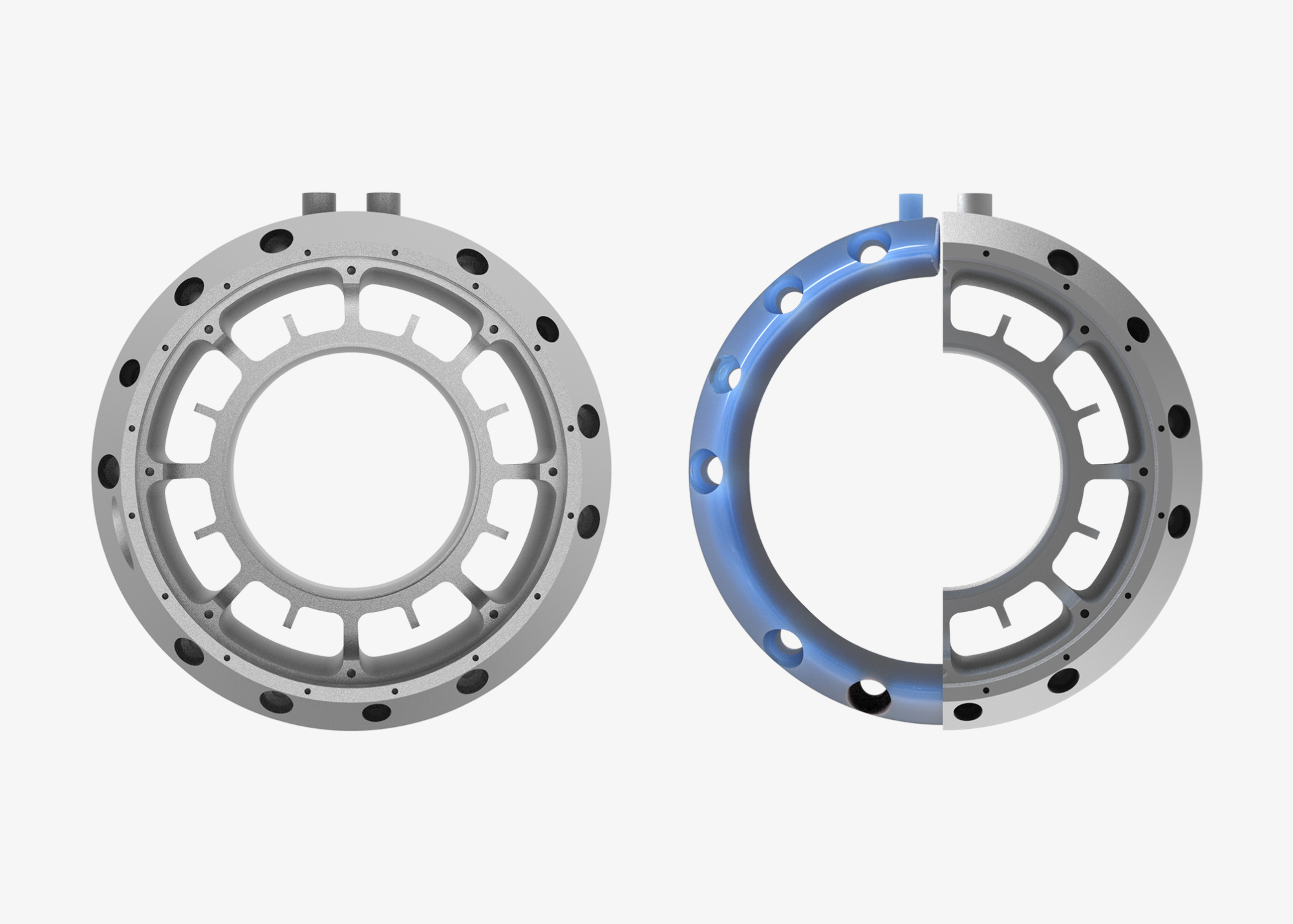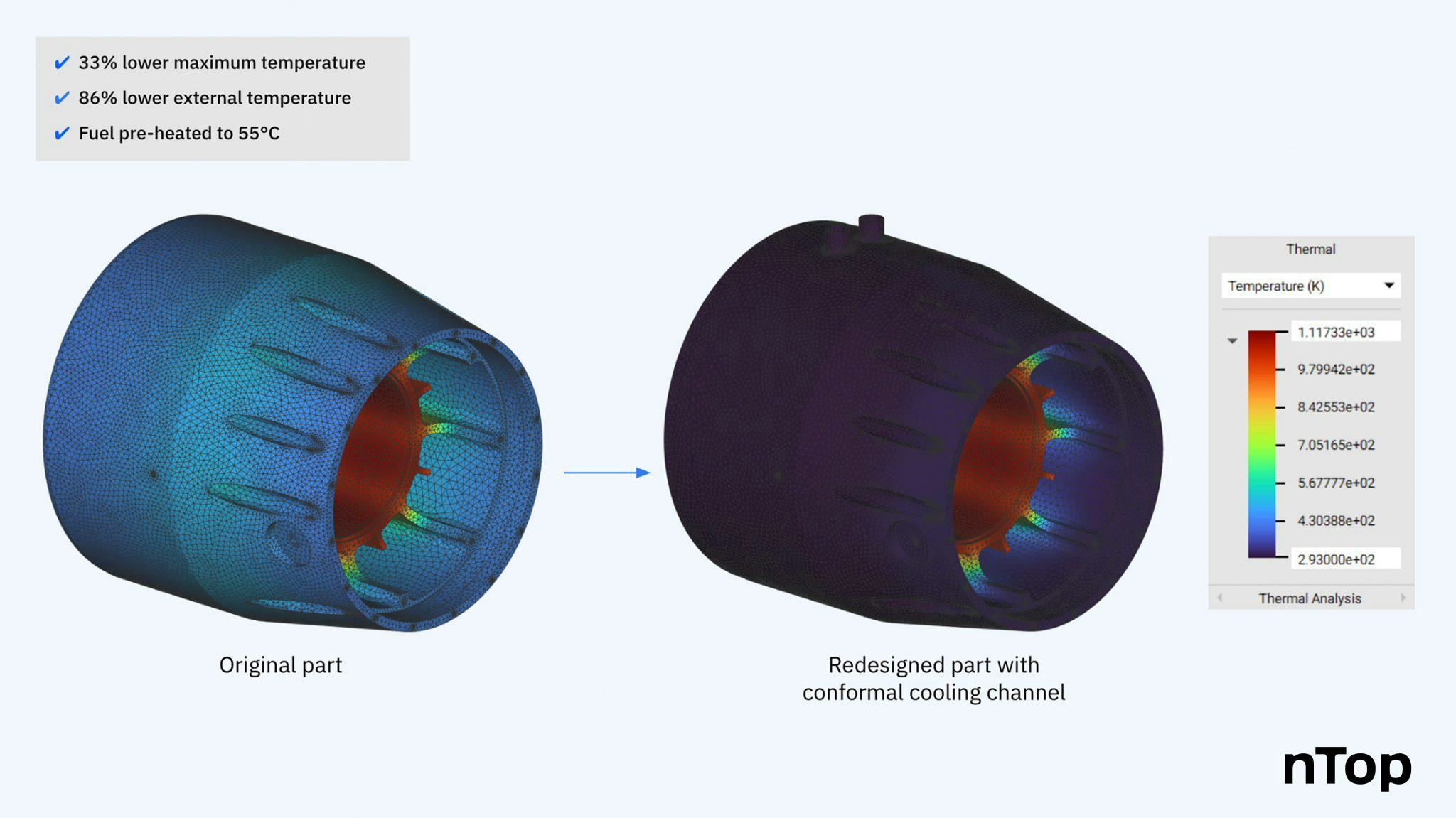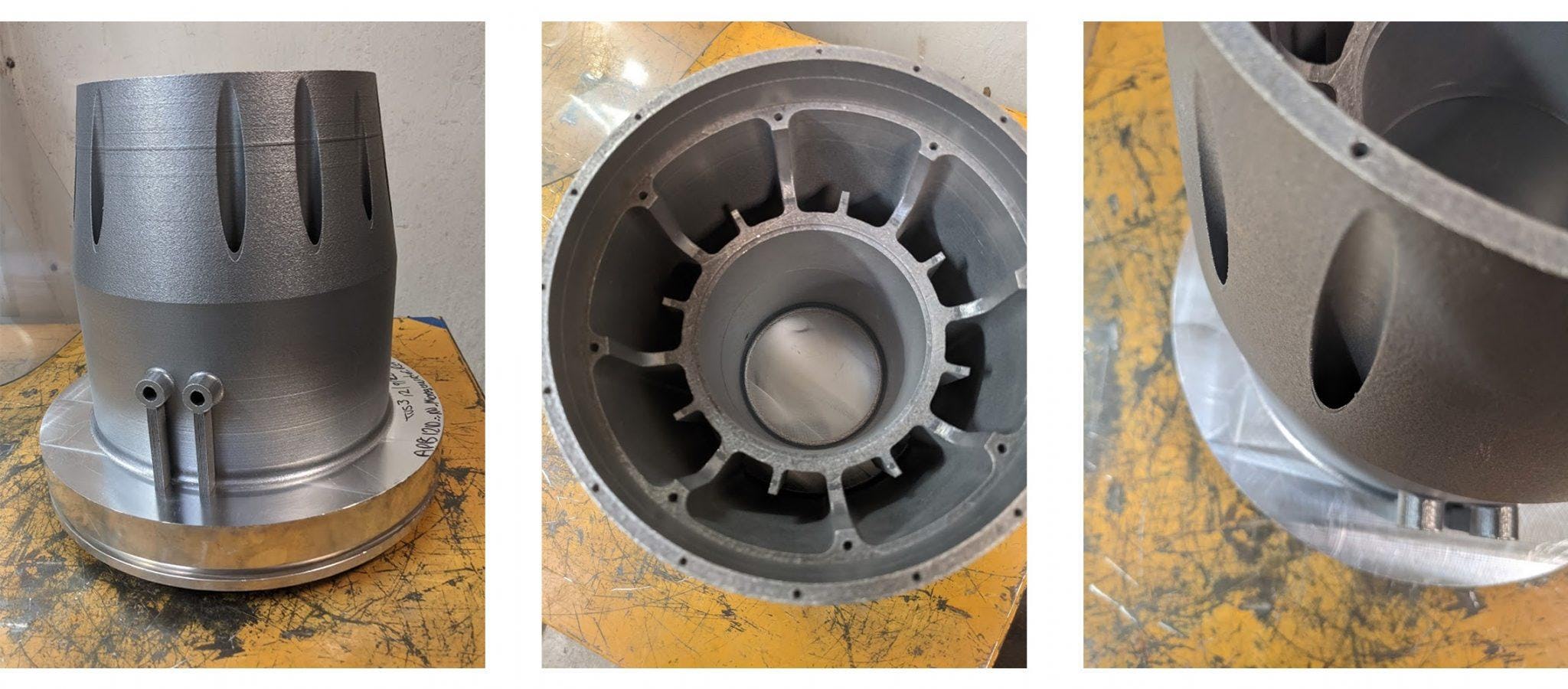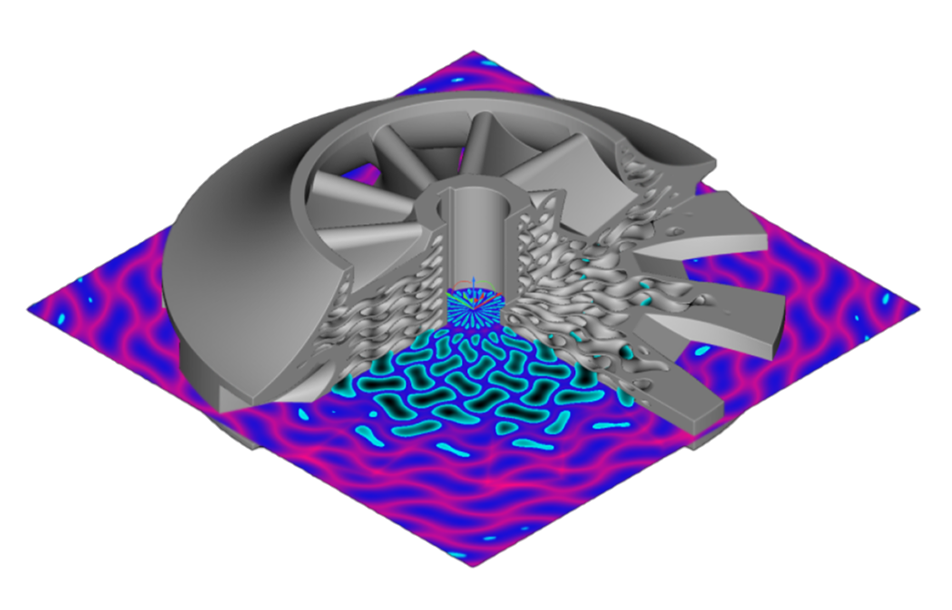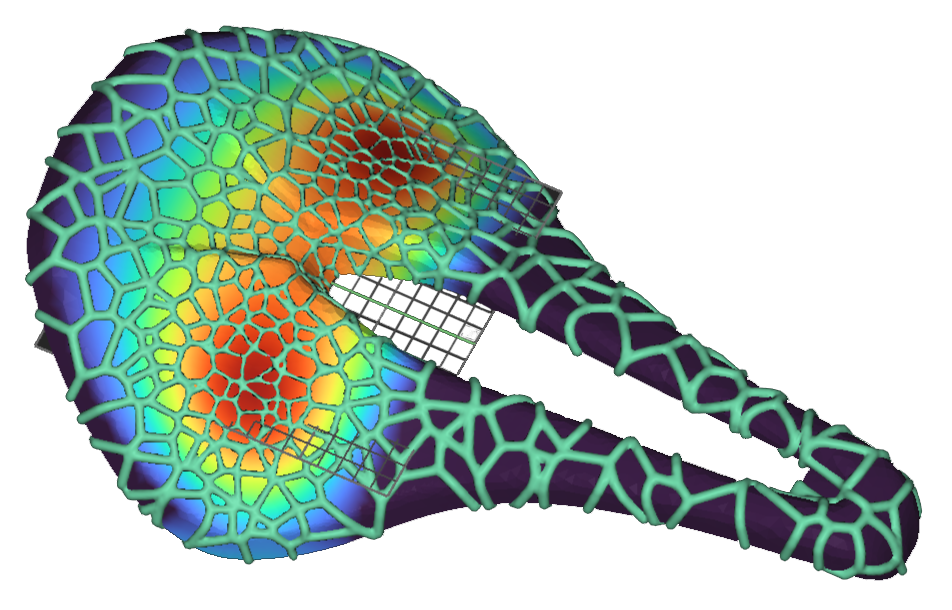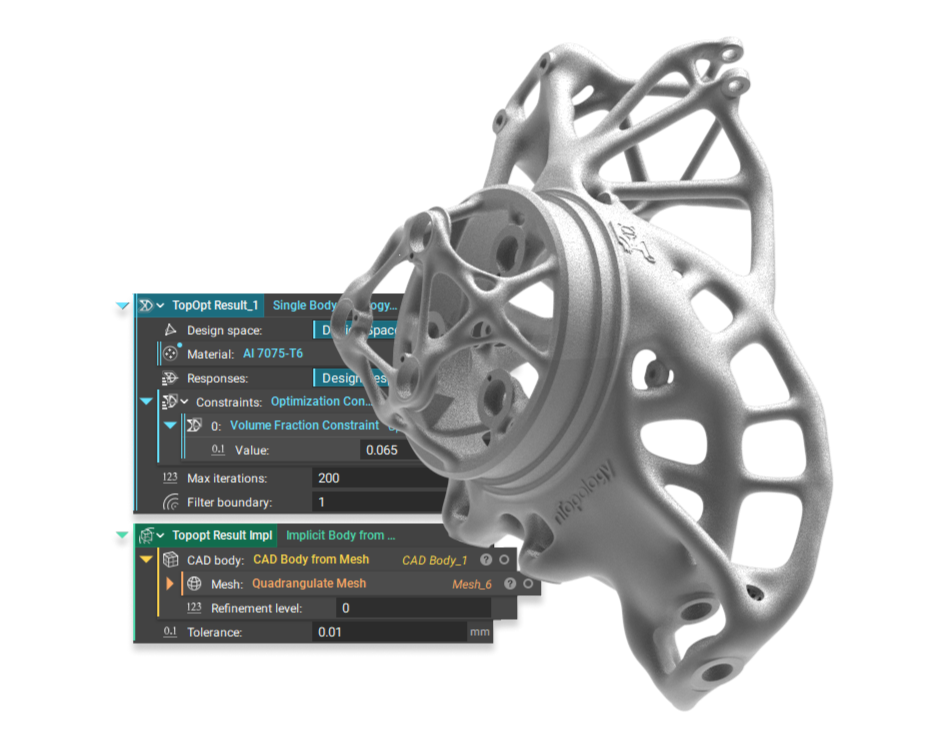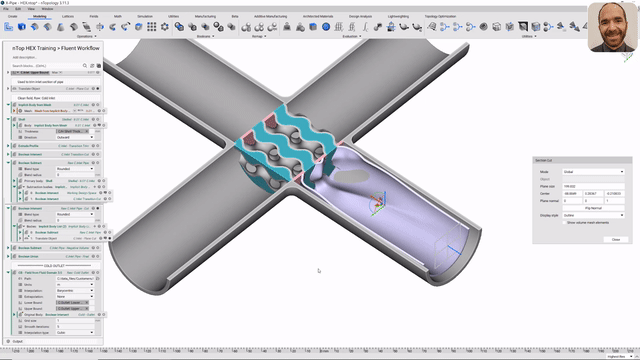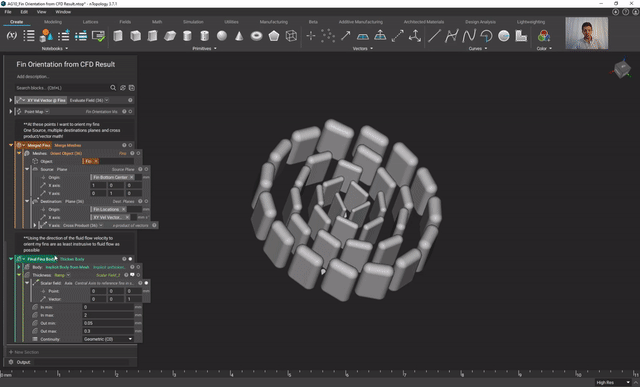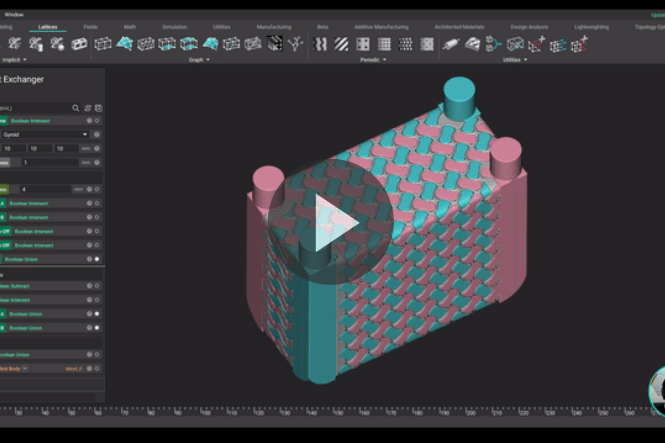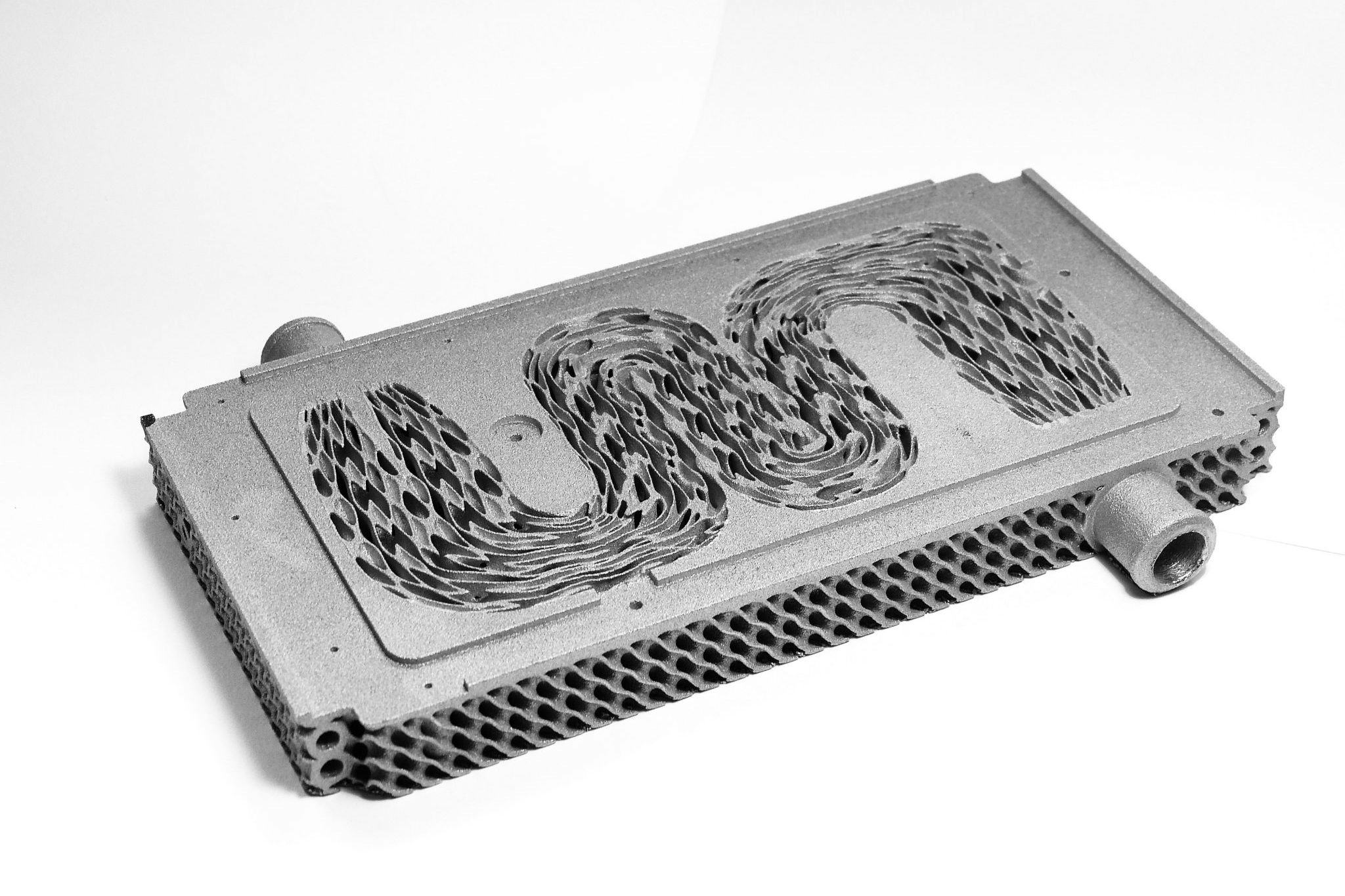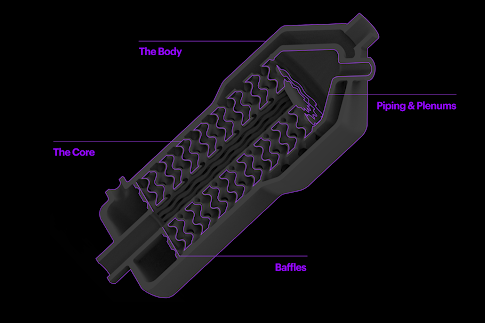Thermal management
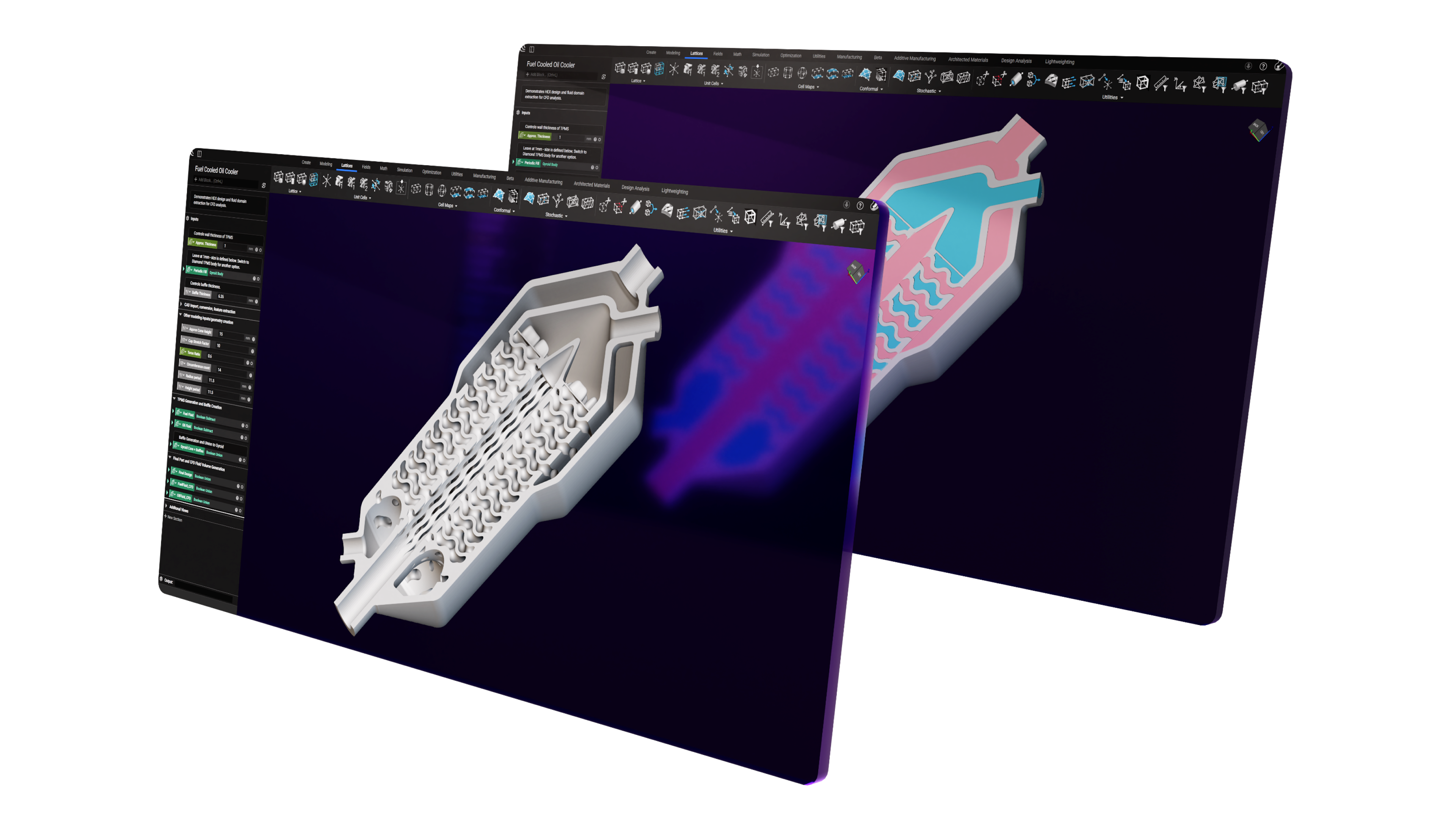
Design the next generation of heat exchangers with the most powerful design software for additive manufacturing.




Benefits of 3D-printed heat exchangers
Additively manufactured thermal management solutions can be safer, more efficient, longer lasting, and more reliable.

Get the Thermal Management Guide
Learn how to design heat exchangers with higher performance, more compact size, and increased reliability.
Industry applications of thermal management
Additive manufacturing helps create more efficient, longer-lasting thermal management solutions across a variety of industries.
Automotive industry
3D printing heat exchangers in the automotive industry can help engineers improve efficiency and overcome the challenges associated with designing electric vehicles.

Aerospace industry
3D-printed, high-performance heat exchangers can help aerospace engineers balance heat transfer performance with weight and size requirements.
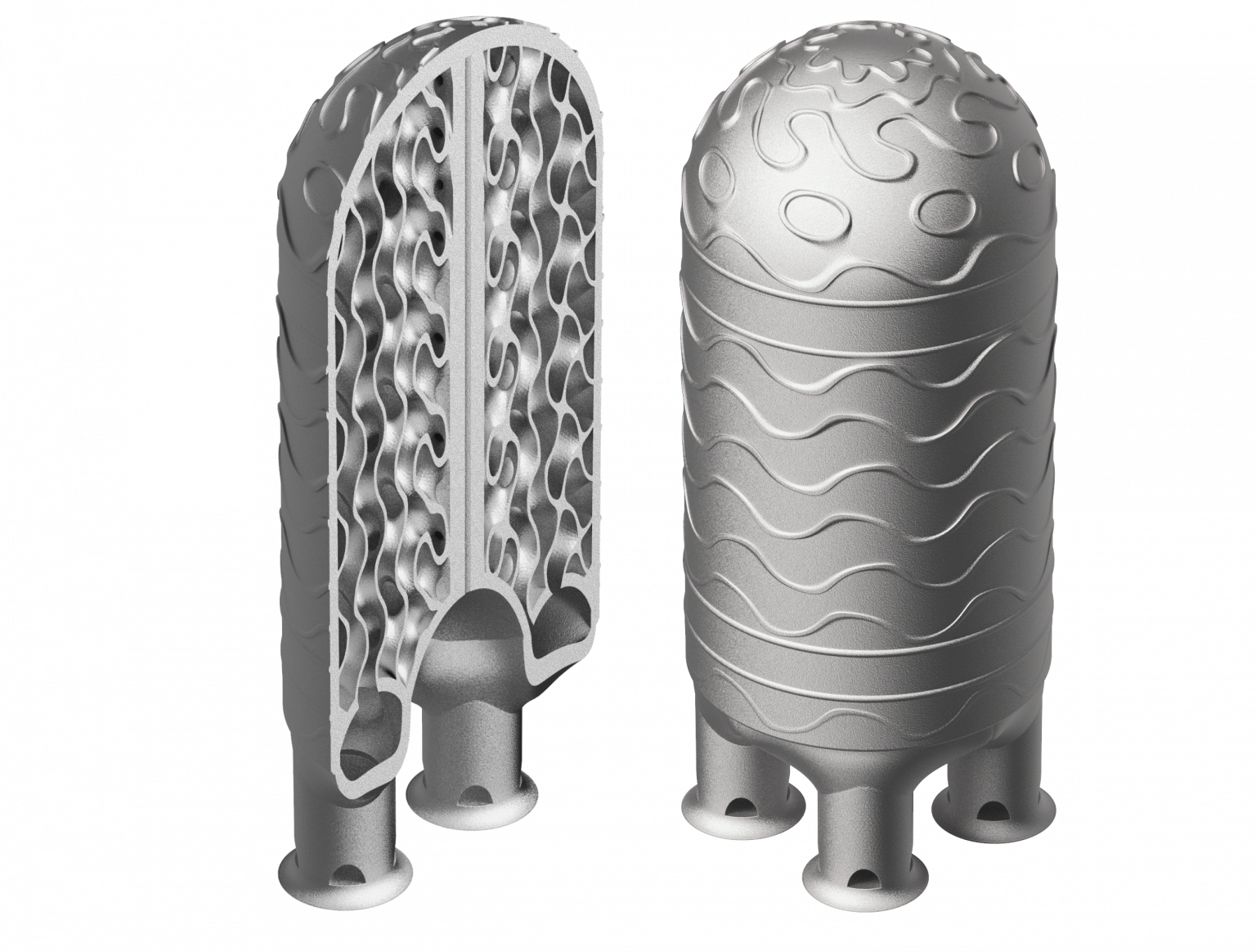
Industrial heat exchangers
Additively manufactured heat transfer systems can increase efficiency for the energy production, precision manufacturing, and semiconductor industries.
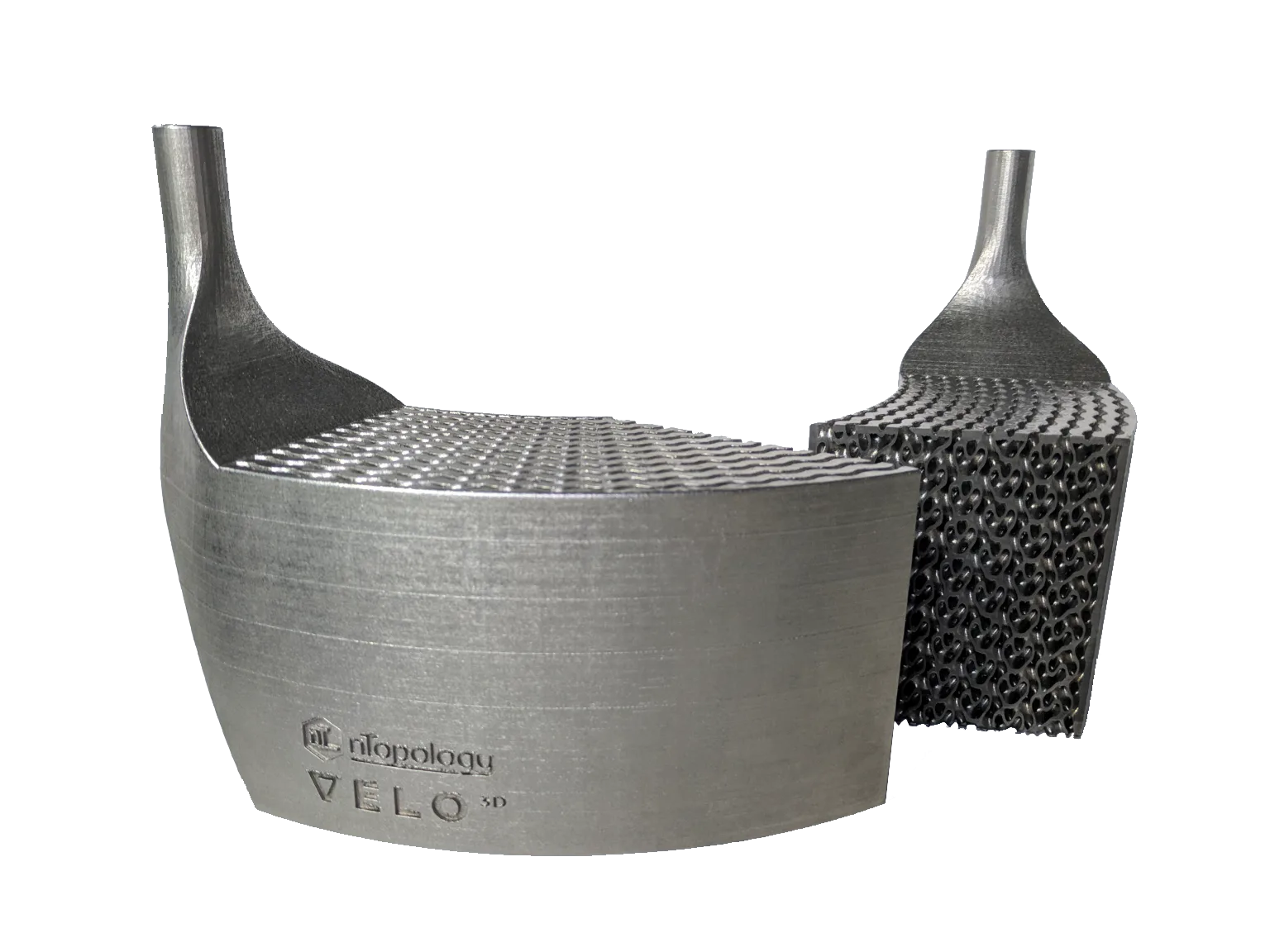
nTop’s critical tools for thermal management with additive manufacturing
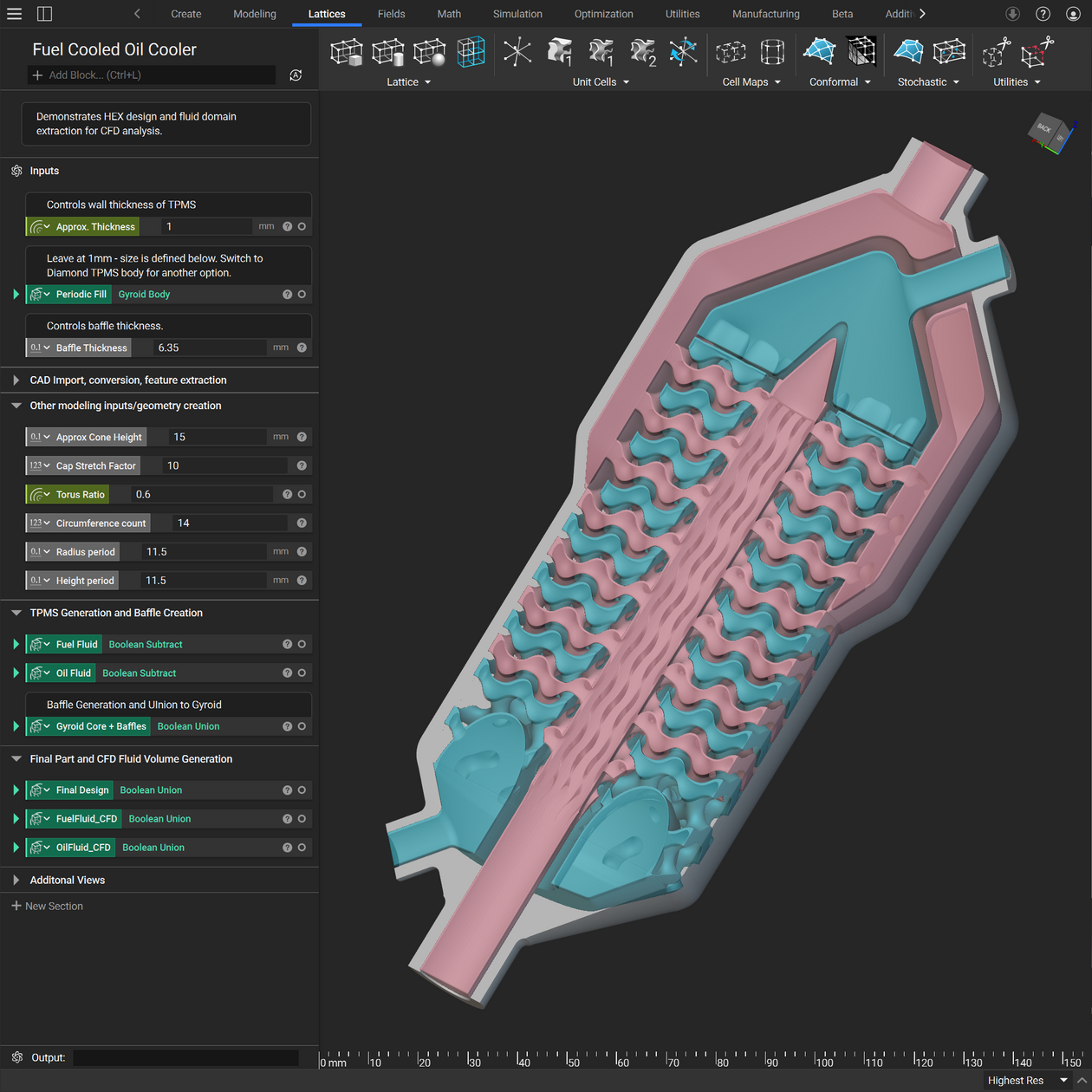
TPMS and lattice structures
Generate complex, scalable lattice structures, with variable thickness and smooth transitions, in seconds.
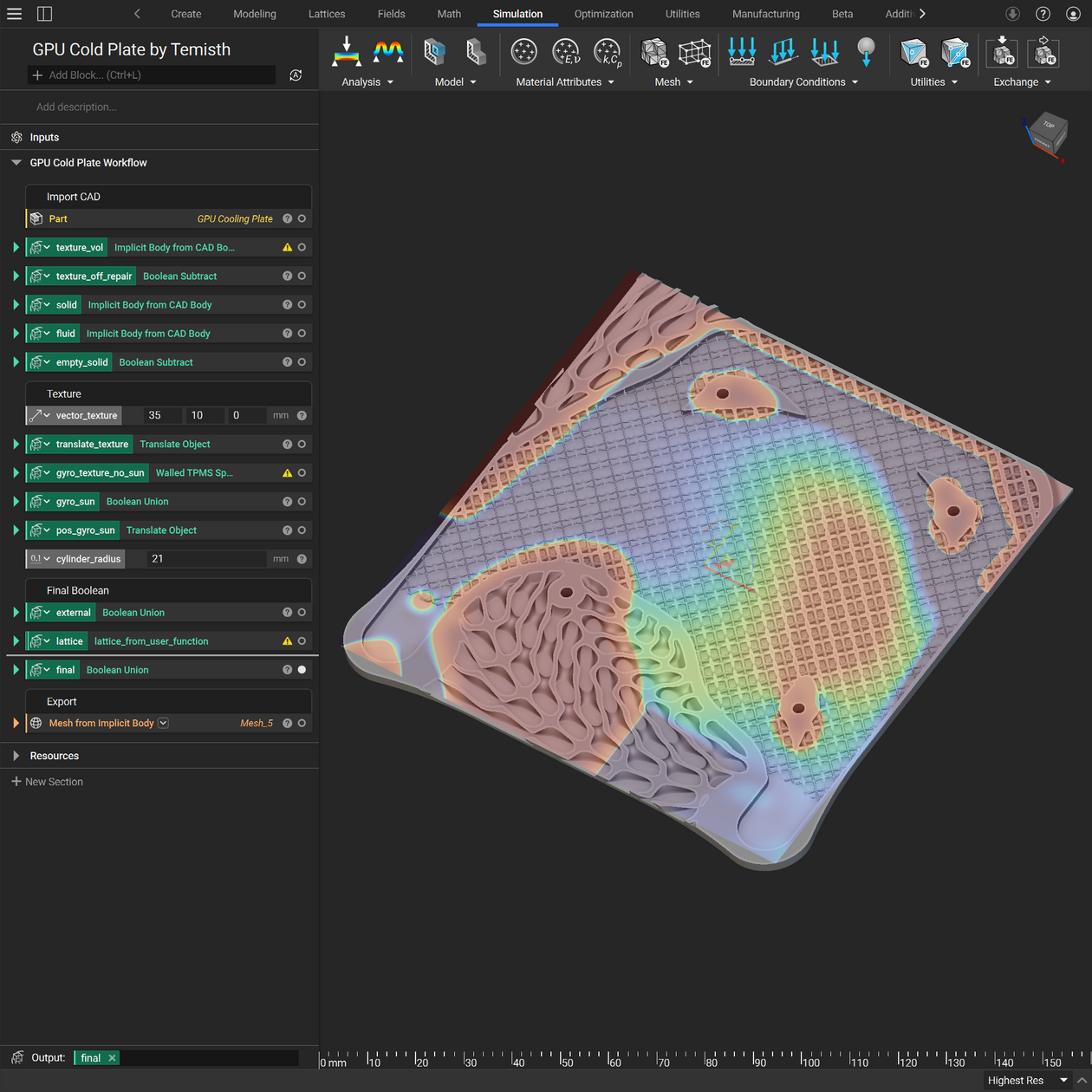
Simulation-driven design
Control the location, density, and orientation of flow and thermal guides with thermal maps and flow fields.
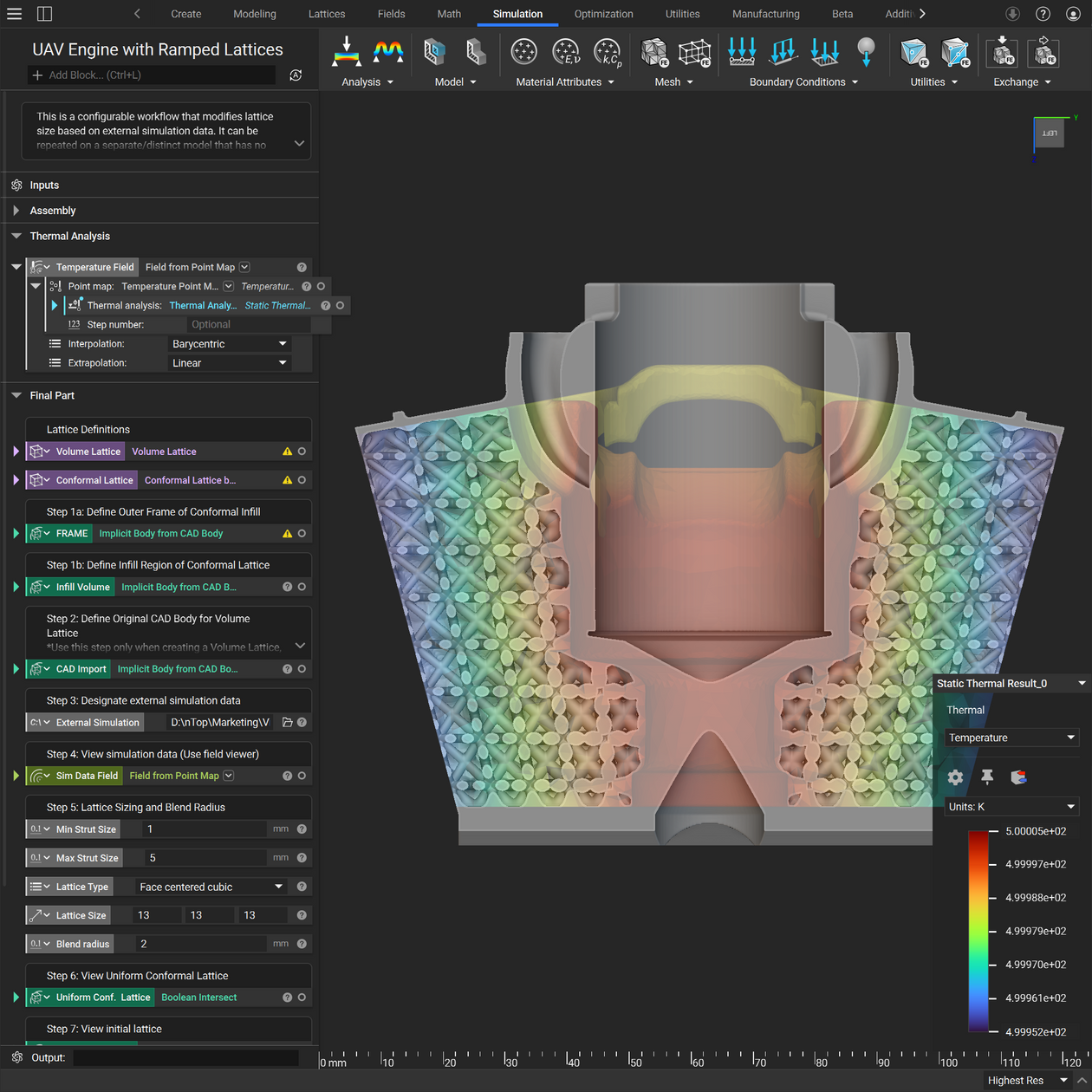
Integrated thermal FEA
Rapidly assess thermal performance with linear, non-linear, thermal stress, and transient thermal analysis tools.
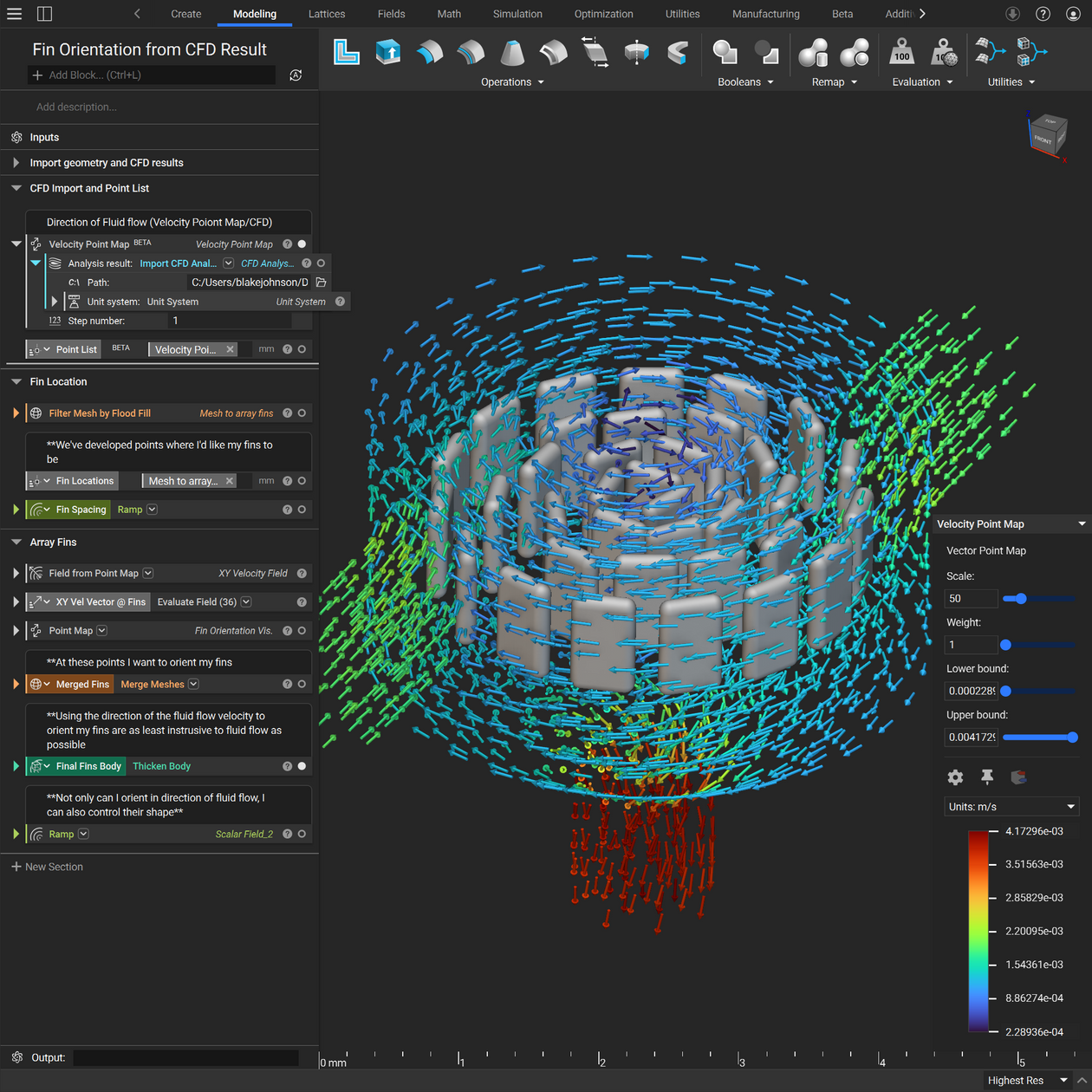
CFD and MDO interoperability
Generate new designs, mesh, and send to CFD for virtual validation or simulation software for rapid iteration.
KW Micro Power
Simulation and field optimization create a lighter microturbine housing with embedded cooling channels
KW Micropower used nTop to redesign the housing of their aerospace-grade, high-power-density, compact turbogenerator for metal additive manufacturing. Using field optimization and shelling, they reduced the housing’s weight by 44% and reduced the temperature by 33%.
The anatomy of a 3D-printed heat exchanger
Heat exchangers may vary in type, shape, and size, but their basic layout is the same. Here are the essential elements of an additive manufactured heat exchanger.
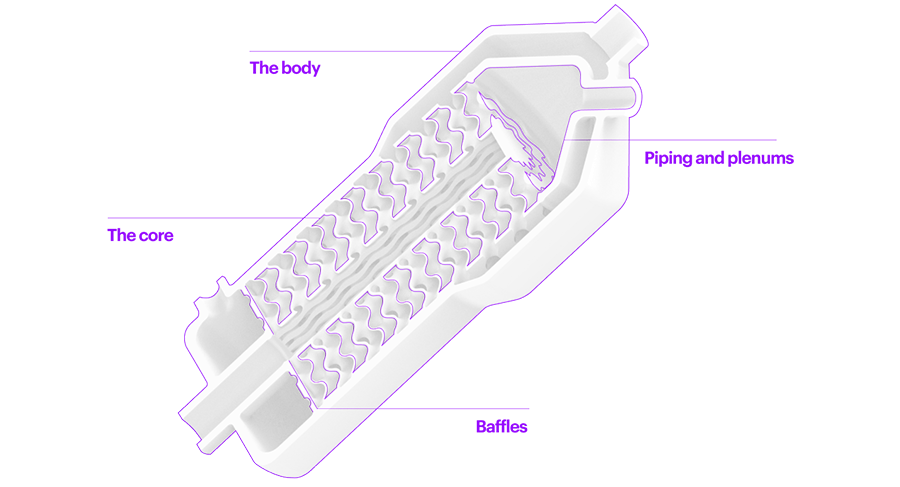
Software built on transformative technology
Thermal management resources for engineers and designers
Ready to improve your heat exchanger design?
nTop has the tools you need to maximize the benefits of AM.
